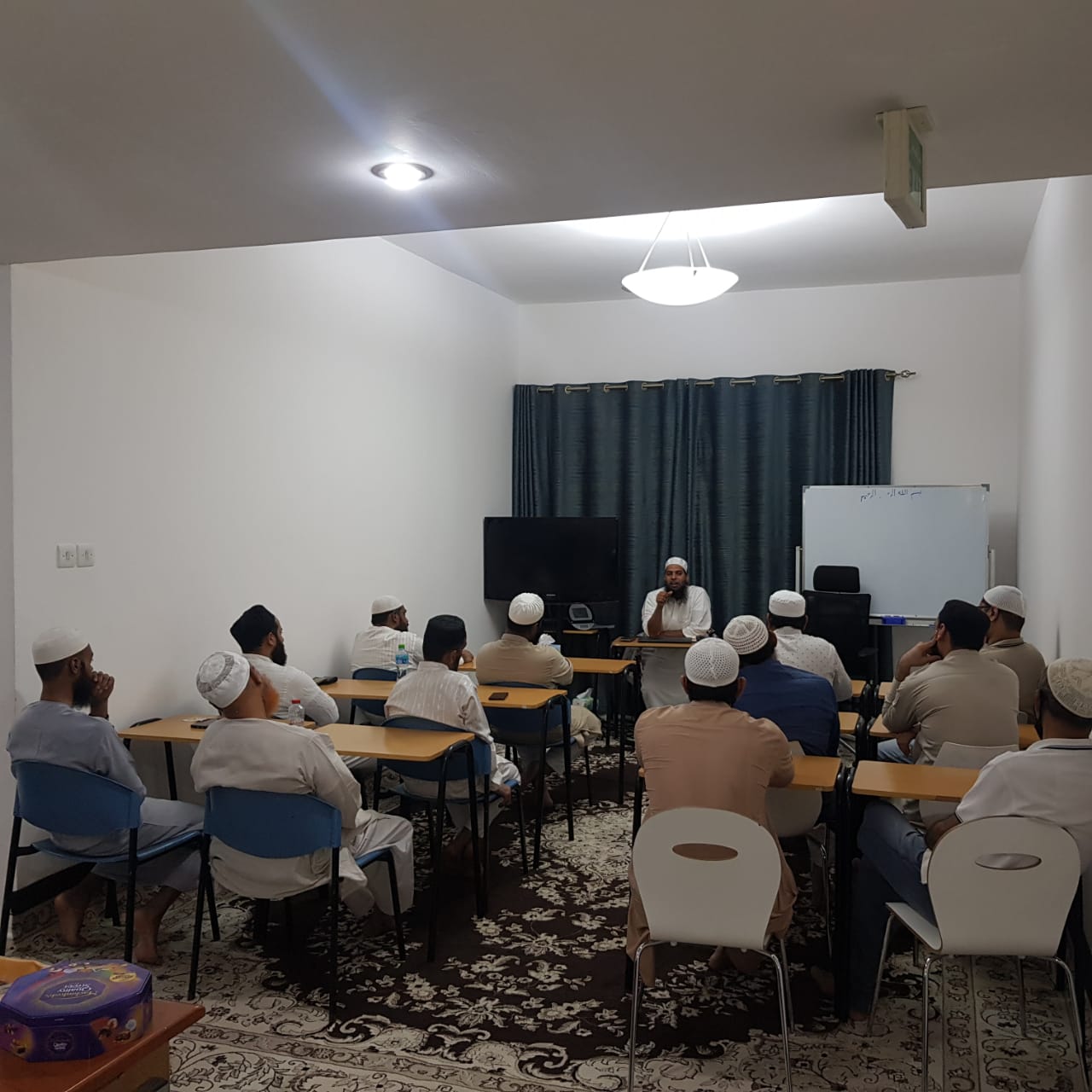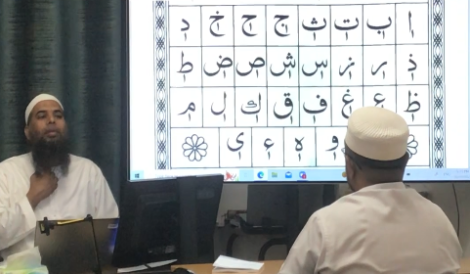Are you a true language lover, looking for a way to broaden your mind and get better career opportunities? Then learning Arabic might be just the thing for you! Based on the latest ranking of the top most spoken languages, it ranks in fifth place just after Spanish and before French which is now in seventh place. This means that more than 274 million people worldwide speak Arabic. And this number is growing each year.
The Arabic language is unique and old. It had a significant influence on Latin and Greek, while Portuguese and Spanish have many borrowings from Arabic. Finally, learning Arabic is an undertaking filled with great life-changing experiences.
Are you ready to embark on this journey? We’ve got some essential tips that will help you get started and achieve amazing results.
How to learn Arabic: a few introductory facts
Before you throw yourself into sentences, vocabulary, and other language stuff, let’s have a closer look at the Arabic language. The more you know about its origin and history, the better understanding you’ll get about the best way to learn Arabic.
The Arabic language belongs to the Afro-Asiatic language group, the largest one in northern Africa. Arabic is a macrolanguage with 30 variations. Still, there are two generally accepted versions of it. Classical Arabic is a literal, formal language taught at schools and universities. But above all, Classical Arabic is a religious language of the Muslim and the Qu’ran, or Koran, the sacred book of Islam.
Modern Standard Arabic is the linguistic thread that connects the Arab world. It’s widely used in media and modern literature. Still, you won’t meet a person who speaks pure MSA, as it consists of dialects from main Arabic-speaking areas — Syria, Egypt, Iraq, and North Africa.
So, which should you learn? It all depends on the reasons you learn the Arabic language and the countries you’re going to live or travel to. If you can’t decide what type to choose, let experts help you. For instance, Manarat Alofoq provides 1-on-1 lessons with native Arabic tutors from all around the world. This means you’ll find a tutor who specializes in the dialect which you’re looking for. You’ll be able to study online from any location in the world by video chat. Find your tutor, and you’ll see how flexible language learning could be.
Why learn Arabic: political and cultural aspects
From the time of the Islamic Empire, Arabic has expanded its influence on many languages, cultures, and politics. Today, it still has a high demand and popularity in the world.
Arabic in literature
The tradition of Arabic literature goes back to the 5th century. The first significant literary work written in Arabic was the Qu’ran. It’s a mixture of prose and poetry with a complicated structure — 114 suras (chapters) and more than 6000 verses, that fascinate linguists and scholars.
Another great Arabic work of literature is Arabian Nights, defined as Arabic prose romance. It’s a vast collection of stories and legends, such as Aladdin, Ali Baba, and Sindbad the Sailor that have shaped the Western folklore. Arabic writers also contributed to the development of the philosophical works and science fiction literature with the earliest novels in those genres.
Arabic’s role in religion
Arabic plays a crucial role in understanding Islam and its central religious book — the Qu’ran. There is even such a phenomenon as Quran Arabic. Those who want to immerse themselves in Arabic culture may try to learn Quran Arabic. It has much in common with Modern Standard Arabic, with minor differences in grammar and punctuation.
Arabic’s influence on politics
Arabic is spoken in a major part of the Arabian Peninsula, parts of the Middle East and North Africa. Thus, the knowledge of the language can give you a more in-depth insight into the political situation of the region. It also gives you a competitive edge in career, broadens your outlook, and helps you travel to the Middle East freely.
Is Arabic hard to learn?
Arabic often takes top spots in the list of the most difficult languages to learn. But is it so challenging for language learners or is it merely a stereotype? Below are a few common myths busted, so you can feel more confident about learning Arabic.
Myth 1. Tricky pronunciation
As a language learner, you’ve probably heard of some quirks of Arabic pronunciation. But there are just two or three Arabic sounds that are unfamiliar to non-Arab. Once you learn them, you can quickly proceed with the rest of Arabic phonetics, since all words are spelled as they sound.
Myth 2. Difficult-to-conjugate verbs
Compared to English, Arabic has few irregular verbs. Indeed, there is a category of irregular verbs, called “weak”. But it’s just a small group that follows a regular pattern. In general, Arabic verbs are conjugated into different tenses related to the performer of the verb, tense, and mood. Arabic conjugator, that make the process of conjugating verbs much easier.
Myth 3. Word order is crucial for understanding
According to the World Atlas of Language Structures, Arabic falls into the minority languages (7%) with Verb-Subject-Object (VSO) word order. But it’s flexible, so you can easily make it SVO, just like English, and the meaning of the sentence won’t suffer.
Myth 4. Arabic has a huge vocabulary
Arabic is like building blocks. Most of the words are built around a common root. Generally, it consists of some consonants, and if you add more sounds around this root, you’ll get a different word.
How long does it take to learn Arabic?
It’s hard to estimate how much time learning a foreign language will take. Some people spend years at school and aren’t even close to speaking a language. Others may absorb new words, grammar structures, and pronunciation in a couple of months of dedicated study. After all, it depends on your desire, diligence, and approach.
How to learn Arabic fast?
First, decide which kind of Arabic you’d like to learn. Unless you’re interested in one particular region, Modern Standard Arabic is the right choice. It’s used in most Arabic-speaking countries, though it’s limited to formal language environment: media, education, literature, etc.
Classical Arabic is even more bookish than MSA. So if you plan to investigate Qur’an or take an interest in Arabic Golden Age studies, Classical Arabic is right for you.
Colloquial Arabic comprises lots of Arabic varieties and dialects. This is just what you need to communicate and live in Arabic countries. For instance, if you travel often to Egypt, you should learn Egyptian Arabic. If you want to run a business, say, in Lebanon, learn Lebanese Arabic. If you’re a frequent visitor in Jordan, Israel, or Turkey, then learn Levantine Arabic.
Now that you’ve decided on the kind of Arabic you’d like to learn, it’s time to take the steps towards actual knowledge.
Step 1. Start with the basics: learn the Arabic alphabet
Just like any other language, Arabic starts with the alphabet. However, it’s not the kind of alphabet we’re all used to. Here are some facts about it:
- Each letter stands for a consonant or a long vowel;
- Short vowels are defined with distinctive vowel marks or omitted;
- Many letters change their form depending on the place they take in a word;
- Some letters are always joined both in the printed and handwritten alphabet.
Because the characters may be unfamiliar, it’s always a temptation to cut corners and start learning Arabic by transcribing words instead of learning the alphabet first. But it’s not the right way. Besides, there are only 28 letters in the Arabic alphabet, so why not challenge yourself?
Step 2. Learn how to read Arabic
The hardest thing about reading Arabic is to remember that some letters change their form in different positions in a word. This is what a letter looks at the beginning, middle, and at the end of a word:

The exciting thing is that this letter is pronounced the same way. Seems confusing? No need to panic! To get used to the Arabic writing system and pronunciation, you can listen to Arabic podcasts and use language-learning apps (e.g., Duolingo, Rosetta Stone, etc.). The best books to learn Arabic are also available online.
Step 3. Learn how to write Arabic
The Arabic script is written from right to left in a cursive style. This means that almost all the letters are connected and flow into each other. Although there are no upper or lowercase letters, the four shapes of letters (depending on their position in the word) create this flow. Here are some helpful tips to help you start writing Arabic properly:
- Try not to lift the pen when writing — smoothly move it from one letter to another without interruption;
- Practice a lot — control moves of your fingertips and write each letter over and over again, paying attention to the tiniest details;
- Practice writing from right to left to develop new muscle memory.
Sounds challenging? Once you get the hang of Arabic writing, you’ll see how easy it is!
Step 4. Learn how to speak Arabic
Communication is the main reason as to why we’re actually learning a language. Don’t be afraid to speak a foreign language, even if your grammar isn’t perfect and you know just a few basic words. Just let your thoughts flow freely without thinking about mistakes.
It seems hard to find a conversational partner if you don’t have an Arabic-speaking friend. But because of modern technology, you don’t have to go abroad to speak with a native. For instance, you can find an online tutor who will help you start speaking Arabic with confidence and give you feedback on your performance. Try our rundown of the best language exchange apps of 2020 for more information on this.
Step 5. Immerse yourself in daily practice
The more you practice, the faster you learn. Luckily, a lot of study tools and resources are available for you to study whenever you want. To enhance your vocabulary and grammar on the go, download apps on your smartphone.
One more method you can use to practice as a beginner is to watch children’s TV shows. Once you reach a higher level, try watching Arabic movies or YouTube videos with English subtitles on. With more practice, you’ll be able to turn off the subtitles and still understand what is being said.




You might want to review some Dummy Text generation which contains words and even sentences with a meaning and that should not suppose to happen
It really a great article for blogger as a beginner, intermediate or advanced level. I especially liked the part about Using Images Effectively.